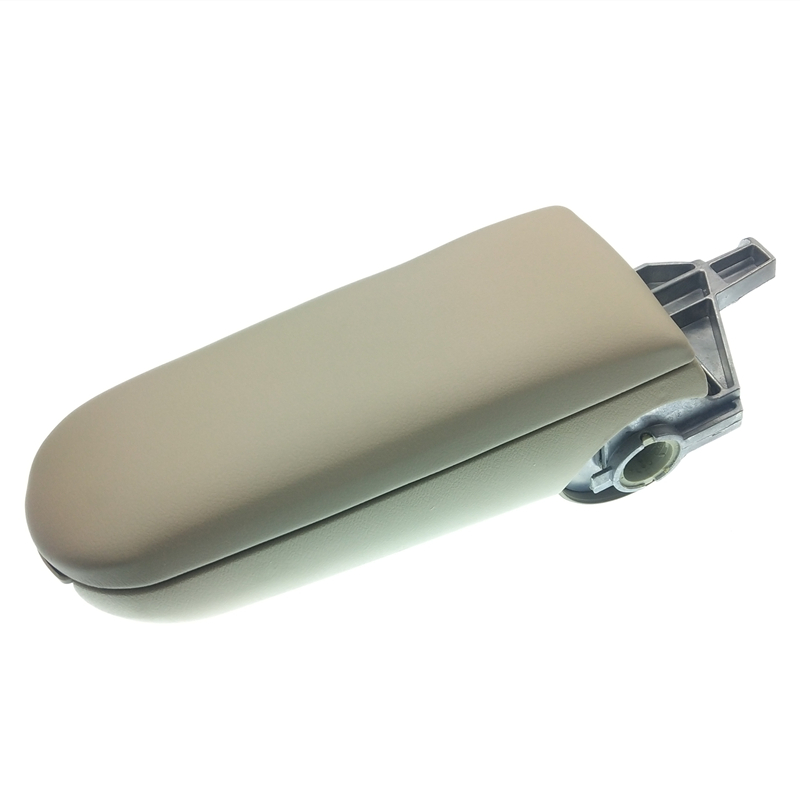
Alabama’s execution of Joe Nathan James Jr. last month offered the latest evidence that lethal injection is a notoriously bad way to put people to death.* His execution took more than three hours to complete. It was a gruesome affair from start to finish.
Once touted as America’s most humane method of execution, lethal injection has proven itself to be unreliable and very difficult to get right.
From 1900-2010, 7 percent of all lethal injection executions carried out in the United States were botched, far more than for hanging, the firing squad, the electric chair, or the gas chamber. Over the last decade, as death penalty states have turned to new and untested drugs and drug combinations, the situation has only gotten worse.
AdvertisementMore than ever, there is a very real risk that anyone put to death by lethal injection will suffer some version of James’ fate.
But rather than openly address lethal injection’s fatal flaws, Alabama, like other death penalty states, has tried to hide them and to make it hard to know when its executions are botched.
Death penalty states need to come clean about lethal injection’s flaws and face the facts of its troubled history. When they do, it will become even clearer that it is time to put an end to execution by lethal injection in this country.
Joe Nathan James Jr. was executed for the 1994 murder of Faith Hall. USA Today reports that, “Prosecutors said James briefly dated Hall and became obsessed after she rejected him, stalking and harassing her for months before killing her.”
AdvertisementRight from the start there were serious problems with the James execution. Death was delayed for three hours as corrections officers tried, outside of public view, to find a useable vein to insert the IV line. During that time, we don’t know exactly how many times, or where, James was jabbed with a needle.
Advertisement Advertisement AdvertisementAfter the James execution, the Alabama Department of Corrections said that “‘The protocol states that if the veins are such that intravenous access cannot be provided, the team will perform a central line procedure. Fortunately, this was not necessary and with adequate time, intravenous access was established.’”
Difficulty finding veins or in securing IV lines is common in lethal injection executions. The training for the people responsible for doing so is limited, if it exists at all. Many of those whose job it is to set IV lines and administer the drugs have no idea what they are doing.
AdvertisementAs one member of an execution team in California told the New York Times in 2007, “’Training? We don’t have training, really.’” It was frequently the case that for team members, the day of execution was “ the first time…in their life they have picked up a syringe…so it’s a little stressful for them to be doing this.”
And as a 2014 article in Mother Jones noted:
AdvertisementStates typically have had few requirements for those serving on an execution team. At one point, in Florida, the only criteria was that a potential executioner be at least 18 years old. Wardens, prison guards, phlebotomists, paramedics, and nurses are sometimes in the mix….The actual makeup of execution teams is often a state secret that officials work hard to conceal.
None of the early proponents of lethal injection imagined anything like the three hours of jabbing and poking that James experienced. As Jay Chapman, who first developed the drug cocktail for lethal injection, said in a 2007 New York Timesinterview, “It never occurred to me when we set this up that we’d have complete idiots administering the drugs.”
The James execution was not the first time that an Alabama execution team had run into problems finding useable veins.
AdvertisementPopular in News & Politics
- Sure Sounds Like the Supreme Court Is About to Give Trump a Big Win!
- Trump Is Trying Something New With the 2024 Campaign. It’s Smart—and Terrifying.
- The Most Alarming Answer From Trump’s Interview With Time
- Did That Have to Happen at Columbia? No. Just Look at What Happened at Brown.
In 2018, Alabama’s execution team spent two and a half hours searching for a suitable vein in order to execute Doyle Hamm. They left him with a dozen puncture marks, including six in his groin. Their attempts damaged his bladder and penetrated his femoral artery. Finally, exasperated officials and medical personnel called off the execution. Hamm joined a grim fraternity of a few inmates whose lethal injection was botched, but who lived to tell about it. (He died in prison last year of cancer-related complications.)
AdvertisementJames was not so lucky. Alabama uses a three drug cocktail in its lethal injection executions, starting with the sedative midazolam that has been involved in many badly botched executions. It is supposed to render the inmate unconscious and insensate so that they do not feel anything when the other two drugs (rocuronium bromide, a paralytic, and potassium chloride, a drug that stops the heart) are administered. In James’ case, midazolam appears yet again to have failed to do its job.
Advertisement AdvertisementA witnesses to the execution reported that as the other drugs began to flow James had made several movements. His eyelids “fluttered,” his “body, including his lips and eyes made significant movement after which James’ breathing appeared to be labored,” and several minutes later “James’ eyes opened slightly.”
AdvertisementIf James had been adequately sedated his body would not have been able to make these movements. As Supreme Court Justice Sonia Sotomayor described it in 2017:
Execution absent an adequate sedative thus produces a nightmarish death: The condemned prisoner is conscious but entirely paralyzed, unable to move or scream his agony, as he suffers “what may well be the chemical equivalent of being burned at the stake.”
But instead of devoting themselves to preventing the problems that marked James’ execution and working to ensure that it was humane, correctional officials were preoccupied with other things. They were focused on policing the wardrobe of a female reporter who wanted to witness the execution. Officials first told her that she would not be allowed to do so because her skirt was too short and her open-toe high-heeled shoes were “too revealing.” While an obvious sideshow to the horror that befell James, focusing on a woman’s clothing as the state was botching James’ execution only emphasizes the grotesque incompetence of many officials involved in administering the death penalty.
When it comes to the lethal injection procedure itself, Sotomayor got it right when she observed, “What cruel irony that the method that appears most humane may turn out to be our most cruel experiment yet.” Ending that “cruel experiment” would be a critical step toward ending the death penalty itself.
Correction, Aug. 8, 2022: This post originally misidentified Joe Nathan James Jr. as James Nathan Jones.
Tweet Share Share Comment


